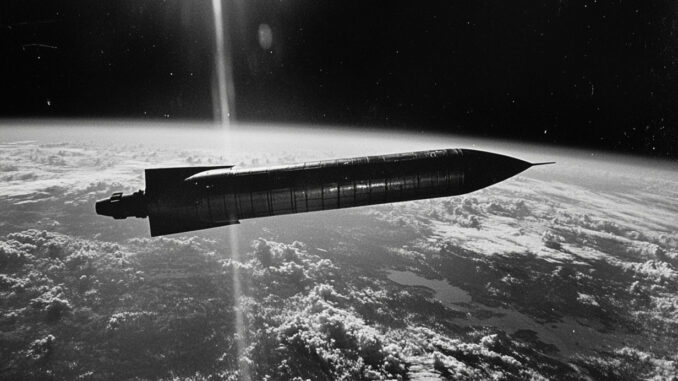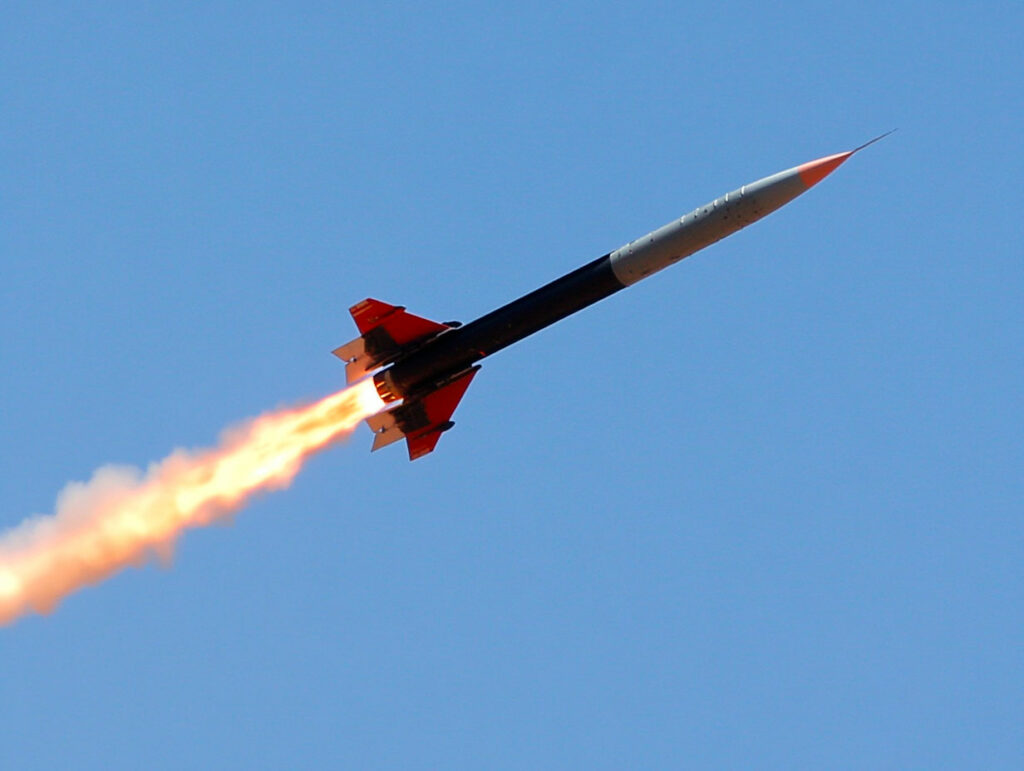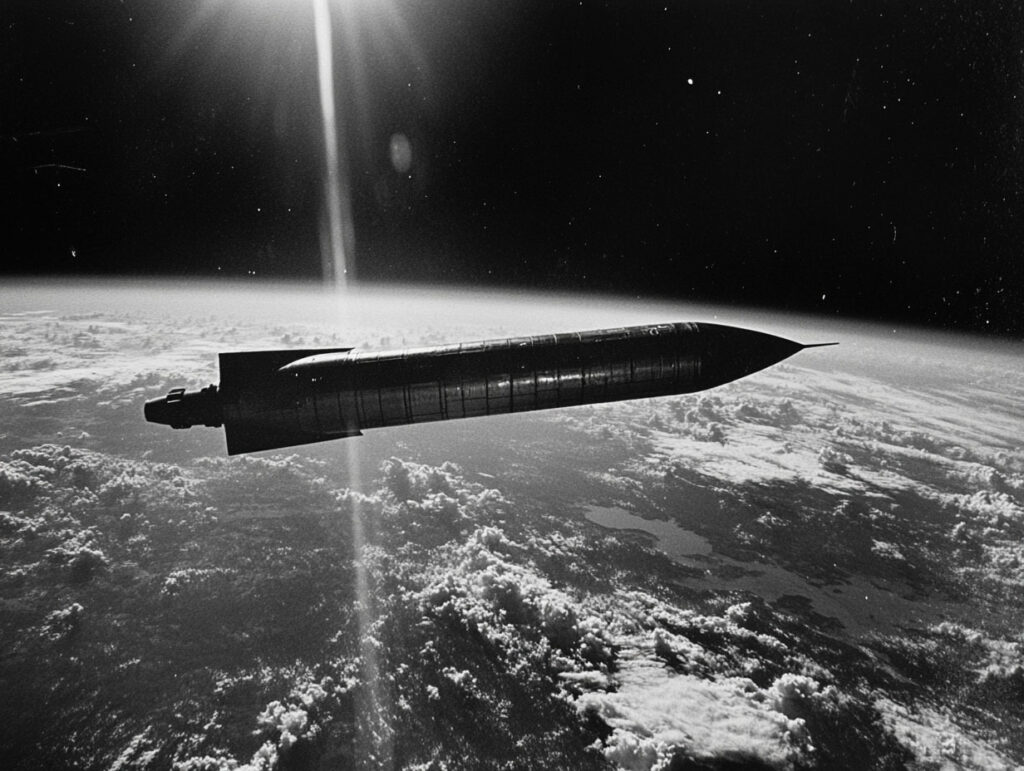
Hypersonic missiles pose global challenges. Find out about advances and partnerships to detect, track and counter these threats.
Hypersonic missiles, capable of reaching speeds in excess of Mach 5 and maneuvering with precision, represent an unprecedented challenge to global security. The United States, in partnership with allies such as the UK and Japan, is investing in space defense technologies and advanced detection systems. L3Harris is playing a key role in developing innovative solutions, including next-generation satellites and sensors, to meet these threats. The combined efforts of industry, governments and academic institutions are essential to anticipate and counter this emerging technology.
Understanding the hypersonic missile threat
Hypersonic missiles travel at speeds exceeding Mach 5 (about 6,174 km/h) and can maneuver in flight, making their trajectory unpredictable. Unlike ballistic missiles, which follow a parabolic trajectory, hypersonic missiles remain at lower altitudes, making them complex to detect and intercept. These characteristics make them a significant threat to traditional defense systems.
Key players in the development of these weapons include the USA, China and Russia. For example, China has tested the DF-ZF, a hypersonic glider capable of carrying conventional or nuclear warheads. Russia has commissioned the Avangard, a hypersonic glider capable of reaching Mach 27. These technological advances are upsetting the strategic balance, prompting nations to modernize their defensive capabilities.
Worldwide investment in hypersonic technologies is estimated at around €15 billion by 2024. A significant proportion of these funds is dedicated to the development of detection and interception systems. The complexity of this technology requires innovative solutions to meet these challenges.

Space defense: a strategic priority
Defense against hypersonic missiles begins in space. Advanced detection and early warning systems, such as those developed by L3Harris, play a central role. These systems use satellites equipped with infrared sensors to identify missile launches as soon as they start.
In 2024, L3Harris was awarded a €919 million contract to design and build satellites dedicated to the detection of hypersonic threats. These satellites are capable of tracking objects at high speed and providing real-time data to command centers.
These technologies are being developed in partnership with U.S. agencies such as the Space Development Agency (SDA), the Missile Defense Agency (MDA) and the U.S. Space Force. The constellation of satellites currently being deployed is designed to cover almost the entire planet, guaranteeing continuous surveillance.
International partnerships: an essential lever
Faced with a global threat, no country can act alone. International collaboration is essential to pool resources and expertise. The UK and Japan are two of the USA’s key partners in this field.
In 2024, L3Harris joined the UK’s Hypersonic Technologies and Capability Development (HTCDF) program. This program aims to strengthen the UK’s hypersonic capabilities by 2030. It includes the development of hypersonic missiles and adapted defense systems.
Japan, faced with growing regional tensions, is also cooperating with the USA to develop a hypersonic missile interceptor planned for the 2030s. This collaboration includes technological testing and the development of new-generation satellites.
Partnerships make it possible to share development costs, which can run into billions of euros, and reduce the time needed to implement operational solutions.
Economic and technological consequences
The development of hypersonic technologies is stimulating the defense, aerospace and telecommunications industries. The global market for hypersonic defense technologies is expected to reach €20 billion by 2030, with annual growth of 6-8%.
Companies like L3Harris benefit directly from this dynamic. In 2023, their sales exceeded 17 billion euros, with a significant proportion coming from contracts linked to space and hypersonic technologies.
However, these advances raise ethical and legal questions. Nations need to set standards to prevent uncontrolled escalation and protect civilian infrastructures. For example, an attack on satellites could disrupt communications networks, affecting economies and civilian populations.

Challenges and prospects
Despite progress, a number of challenges remain. Hypersonic technologies are evolving rapidly, requiring ongoing investment in research and development. International coordination is also complex, due to divergent strategic interests.
Prospects include the development of integrated defense systems combining high-energy lasers, advanced radars and interceptor missiles. These solutions will need to be tested in simulated and real-life environments to guarantee their effectiveness.
Innovation in materials, such as composites resistant to extreme temperatures, is also crucial to the design of interceptors capable of withstanding the stresses of hypersonic speeds.
War Wings Daily is an independant magazine.